If you’ve seen one chicken egg you’ve seen them all, right? White or brown, that’s it. Compared to the splendid array of colors on display with other birds’ eggs in nature, chicken eggs seem very plain.
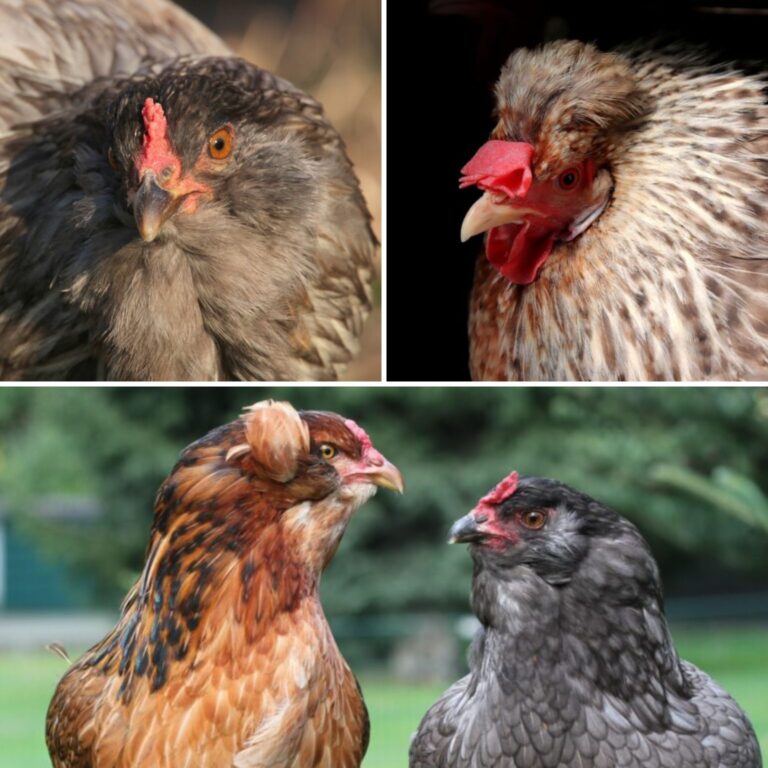
But, what if I told you that there were some chickens that laid blue eggs instead? It’s true! From a pale robin’s egg to a vivid cyan, some chickens lay wonderfully colorful eggs.
If you’re looking for a chicken that lays blue eggs, or just want to know when to expect blue eggs when buying any chickens, you’re in luck. There are many different breeds that will do just that.
Today we are bringing you a list of 10 of the best chicken breeds for laying blue eggs.
1. Whiting True Blue
The first chicken on our list is the Whiting True Blue. As you may have guessed from its name, this chicken lays big, beautiful blue eggs.
The Whiting True Blue is a relatively new breed, having only been developed in the 1990s.
This chicken was created by crossing two other blue egg-laying breeds, the Araucana and the Cream Legbar. The result is a chicken that not only lays gorgeous blue eggs, but is also friendly and hardy.
Whiting True Blues are excellent layers, producing more than 250 eggs per year. They are also very cold- and heat-hardy chickens, so they can thrive in extreme climates.
One downside to these chickens is that they can be rather flighty and active, so they may not be the best choice for owners who just want chickens that chill out and hang around. They need exercise, and plenty of food to boot!
2. Lushi
A smaller breed that originated in China, most Lushis only weigh around 3 pounds and they are known both for their multicolored plumage and their multicolored eggs.
These pint-sized birds lay pink, salmon, and blue eggs. Pretty wild!
Though there is a scarcity of information on these birds compared to other breeds and they are not yet officially recognized by the American Poultry Association, they make great backyard chickens and are known to be friendly and reliable layers.
If you are cramped on space, want blue eggs and don’t mind figuring out the finer details of the breed as you go a Lushis could be a fine addition to your flock.
They are becoming increasingly popular here in the U.S., so seeking out enthusiast groups might be the best place to get info on them.
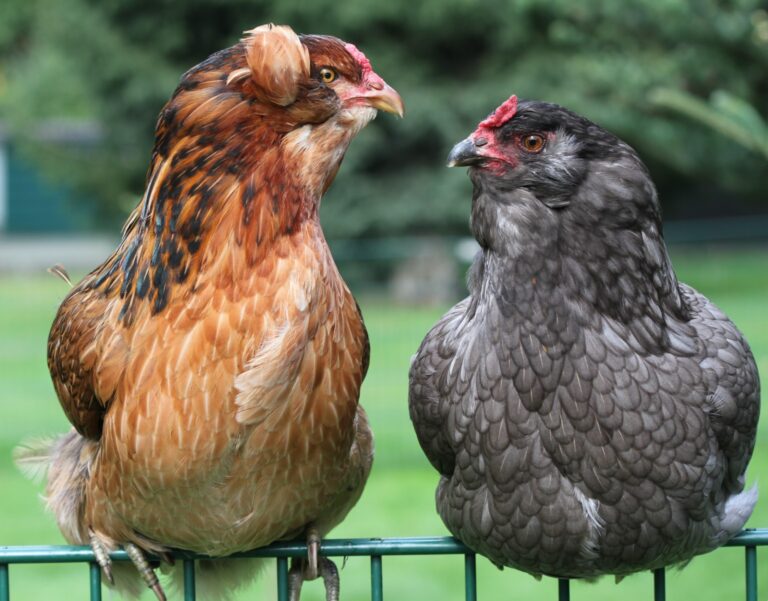
3. Araucana
Araucanas are a South American breed with a shadowy history. Known for their distinctive, mustache-like tufts of feathers on their cheeks, these chickens are some of the most popular blue egg-layers.
Araucanas were first exported in the 1930s, but their exact origins are almost totally unknown.
Some believe they are a cross between two other South American chicken breeds, while others believe they come from pre-Incan chickens that were brought to South America by Polynesian sailors.
No matter their origins, Araucanas make great backyard chickens. They are large, strong birds but also friendly and curious, good layers, producing around 200 of their famous blue eggs per year.
Araucanas are tough to find, usually broody, and have some genetic predispositions toward health issues but are interesting and productive chickens nonetheless.
4. Easter Egger
“Easter Eggers” are not a specific breed but rather a term applied to any cross-bred chickens deriving from a pairing of birds that lay both brown and blue eggs.
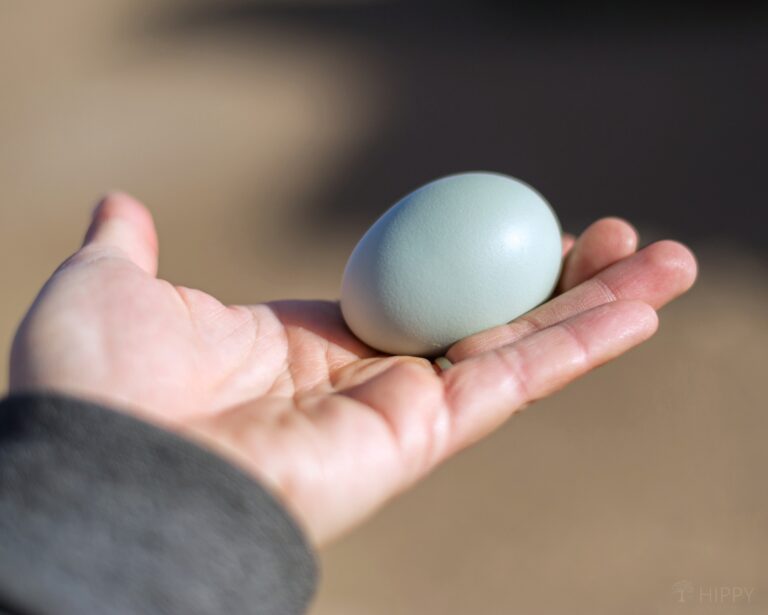
The resulting bird is one that will lay brown, blue, pink, or yellow eggs. Feather colors are wildly variable, though most have a tiny comb.
If you just want a chicken that will lay blue eggs at some point and don’t care that much about the parentage or the eggs being consistently blue, an Easter Egger is a good and affordable choice available almost anywhere.
While not as reliable layers as some of the other breeds on this list, most Easter Eggers still lay a fair amount of eggs, between 150-200 per year.
They are also known to be quite hardy overall, though their typical feathering can make them susceptible to frostbite in very cold climates.
5. Shetland Hen
Another blue-laying breed with a fascinating history, the Shetland Islands off the coast of Scotland are home to a very old breed of chicken known as the Shetland Hen.
Long thought to have been brought to the Isles by Spanish galleons carrying South American chickens running aground, the resulting dispersal of the feathered cargo led to intermingling with native Scottish chickens.
The result is a rare breed with the tufted head plumage and colored eggs of the South American strain and size and temperament of the Scottish ones.
These beautiful and dignified birds produce blue or green eggs and make great backyard chickens.
They are known for being good layers, often producing over 200 eggs per year, and are also known to be calm and docile birds.
Shetland Hens are very rare in the United States but can sometimes be found through breed-specific hatcheries or import services.
This is one breed you’ll really have to track down and spend for if you want the privilege of owning one.
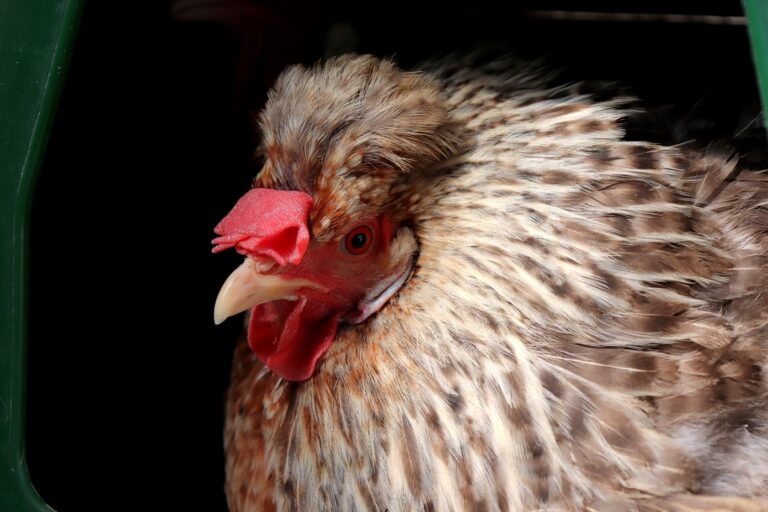
6. Cream Legbar
The Cream Legbar is a relatively new breed, having only been developed in the early 20th century.
A cross between Barred Plymouth Rocks, Leghorns, and Araucanas, this chicken was the result of experimental breeding in England to produce healthy and prolific egg-layers.
Noted for its pale blue eggs and its distinctive but reserved crested head plumage, this variety was once on the verge of extinction but has since recovered and is now recognized as its own, unique breed, apart from standard Legbars.
Cream Legbars are dependable layers, often producing over 180 eggs per year. They are also known to be inquisitive, independent and hardy making them great free-range chickens that are able to take care of themselves.
One downside to this breed is that they are prone to browsing on gardens and decorative plants, so keeping an eye on your flock is important if you want to protect your landscaping and crops!
7. Dongxiang
Another indigenous Chinese breed, relatively little is known about these chickens aside from the fact that they lay eggs with a deep blue shell and their feathers, skin, meat and even their organs are pure black. Pretty spooky!
Their eggs are highly desirable among chicken enthusiasts but these birds are rarely, if ever, encountered in the West outside of research settings. Maybe we will find out more in the coming years.
8. Arkansas Blue
A specialty crossbreed of chicken created by the University of Arkansas, this bird was the result of a pairing of White Leghorns and Araucanas.
The goal was to produce a chicken that would lay a tremendous amount of blue eggs and lack some of the genetic problems that have long plagued Araucana stock.
While not as widely available as some of the other breeds on this list, the Arkansas Blue is slowly becoming more popular with enthusiastic lovers of strange and unique breeds.
It can sometimes be found through breed-specific hatcheries but overall numbers remain very low on the open market.
Also, note that these birds are not for novice owners: they are flighty, nervous, and not very “cuddly”. They generally dislike being handled and that will make your life way harder when dealing with them.
9. Azure Blue
Small birds, but powerhouse layers, Azure Blue chickens are well known for their immense production of vivid blue, thick-shelled eggs. Hens will routinely lay nearly 300 eggs a year, with many surpassing that.
They are a favorite among those who want major production, but their small size also makes them susceptible to predators so extra care must be taken if you live in an area with hawks or other large birds of prey.
These little ladies are also known to be good foragers and do well on free-range diets. Azure Blues are active and friendly if raised from chicks, making them great chickens for kids or first-time owners with limited room.
However, their small size also means they can get bullied by larger breeds so it’s important to consider personality compatibility when incorporating them into your flock.
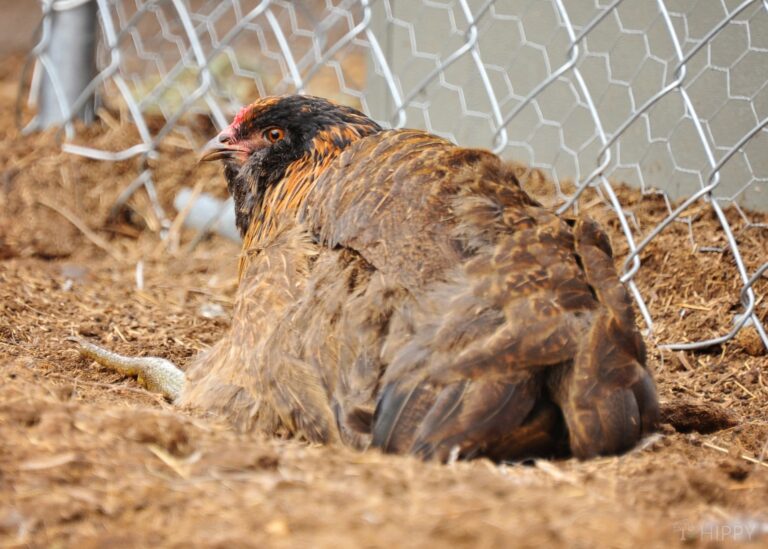
10. Ameraucana
Easily one of the most popular blue egg-layers, Ameraucanas are an American breed with Araucana roots, bred in the 1970s to keep the blue egg genes of the troubled Araucana while eliminating the ones so often responsible for that breed’s health issues.
These medium-sized birds are a dual-use breed, raised both for meat and their ability to lay around 200 eggs per year. They come in a wide variety of colors and patterns, including black, blue, silver, wheaten, and more.
While they make good backyard chickens, Ameraucanas have a shortcoming in that they appear to be highly variable in temperament.
Some keepers swear these birds are gentle and friendly, while others report them to be standoffish.
Some do well in mixed flocks while others get very cliquish with their own kind. Be ready for anything if you invest in these blue egg-layers!
Frequently Asked Questions
The blue color in chicken eggs is the result of pigment deposition during eggshell formation. The main component of eggshells is calcium carbonate, which is normally white.
However, as the shell is formed, pigment cells in the hen’s oviduct deposit protoporphyrins (a precursor to hemoglobin) onto the surface of the egg.
This process is called oophorization and it results in the characteristic blue to blue-green color of some breeds’ eggs.
While all chickens have these pigment cells, not all will express them or express them in equal amounts. This is why some chickens lay eggs that vary in tone or color entirely.
Yes, blue eggs are safe to eat so long as the egg is good and it is prepared properly. There is nothing inherently harmful or dangerous about blue eggs!
No. Blue eggs have no outstanding qualities that make them healthier or tastier than white or brown eggs.
However, it is possible for blue eggs laid by an exceptionally healthy and well cared for chicken to exceed others in quality, of course!
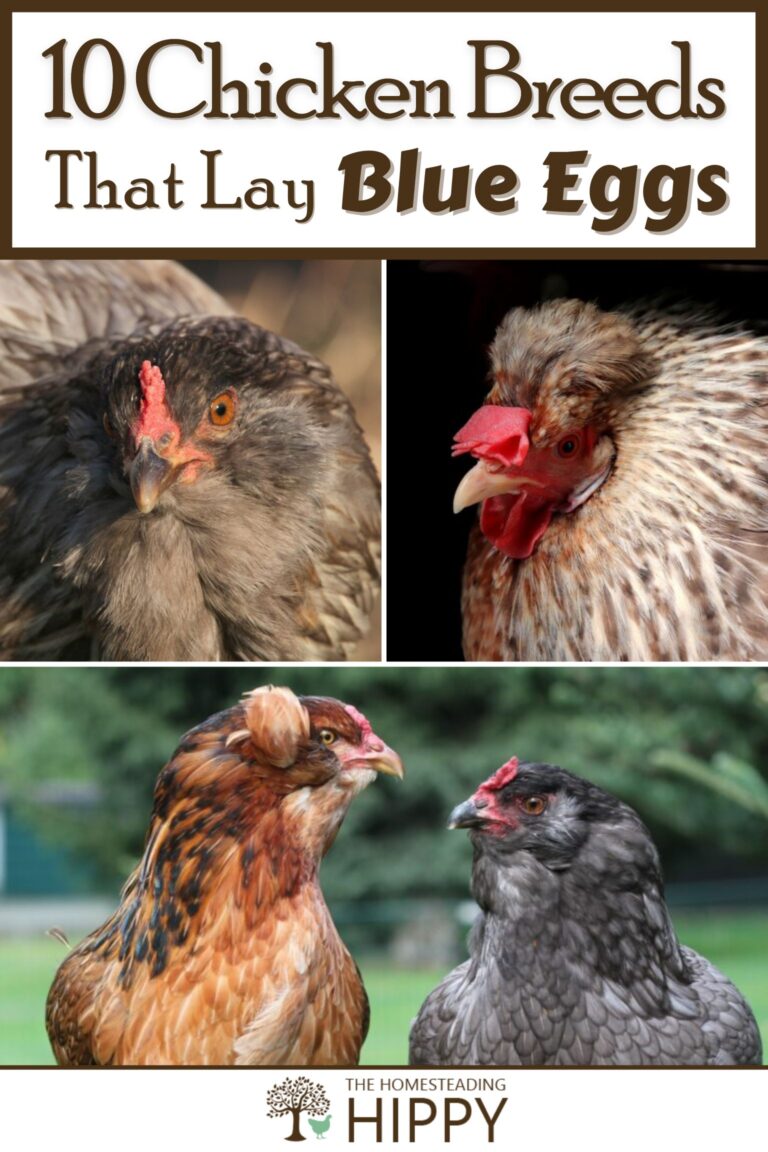
Tom has built and remodeled homes, generated his own electricity, grown his own food and more, all in quest of remaining as independent of society as possible. Now he shares his experiences and hard-earned lessons with readers around the country.
Find out more about the team here.
